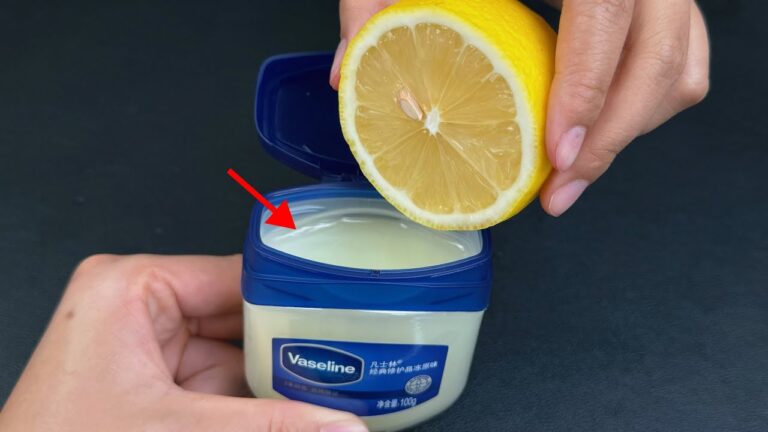Joint pain and inflammation can interfere with daily life, but nature provides powerful remedies to help manage these discomforts. Bay leaves and cloves, both rich in anti-inflammatory properties, make an excellent combination for a soothing and healing tea. Here’s how you can prepare this simple yet effective drink at home.
Why Bay Leaves and Cloves?
- Bay Leaves: Contain antioxidants and anti-inflammatory compounds that help reduce swelling and improve joint health. They also promote better digestion, which can indirectly support overall wellness.
- Cloves: Packed with eugenol, a compound known for its anti-inflammatory and pain-relieving properties, cloves can help alleviate joint stiffness and reduce oxidative stress in the body.
Ingredients
- 2-3 dried bay leaves
- 3-4 whole cloves
- 2 cups of water
- 1 teaspoon of natural honey (optional, for sweetness)
Instructions
- Boil the Water: In a small pot, bring 2 cups of water to a gentle boil.
- Add Bay Leaves and Cloves: Drop the bay leaves and cloves into the boiling water.
- Simmer: Reduce the heat and let the mixture simmer for 8-10 minutes to allow the flavors and nutrients to infuse.
- Strain and Serve: Pour the tea through a strainer into a cup, removing the bay leaves and cloves.
- Sweeten (Optional): Add a teaspoon of honey for a touch of sweetness if desired.
When to Drink
- Enjoy this tea once or twice a day, preferably in the morning and evening, for best results. Regular consumption can help reduce joint pain and support overall inflammation management.
Additional Tips
- Pair this tea with a healthy, anti-inflammatory diet rich in fruits, vegetables, and whole grains.
- Stay hydrated and consider gentle exercises like yoga or stretching to further alleviate joint stiffness.
This simple, natural tea is not only soothing but also a great way to harness the benefits of bay leaves and cloves. Sip your way to better joint health and comfort! ☕









